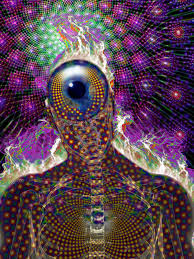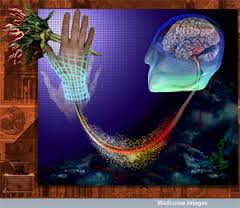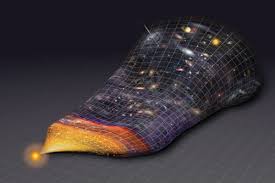The emergence of action within a time scheme is actually one of the most important developments connected with the beginning of our world.
The Garden of Eden story in its basic refers to man’s and woman’s sudden realization that now he and she must act within time. His or her experiences must be neurologically structured. This immediately brought about the importance of choosing between one action and another, and made acts of decision highly important.
This time reference is perhaps the most important within earth experience, and the one that most influences all creatures. In experience or existence outside of time, there is no necessity to make certain kinds of judgements. In an our-of-time reference, theoretically speaking now, an infinite number of directions can be followed at once. Earth’s time reference, however, brought to experience a new brilliant focus — and in the press of time, again, certain activities would be relatively more necessary than others, relatively more pleasant or unpleasant than others. Among a larger variety of possible actions, man and woman were suddenly faced with a need to make choices, that within that context had not been made “before.”
Speaking in terms of our time, early man and woman still had a greater neurological leeway. There were alternate neurological pathways that, practically speaking, were more available then than now. They still exist now, but they have become like ghostly signals in the background of neurological activity.
This is, again, difficult to explain, but free will operates in all units of consciousness, regardless of their degree — but it operates within the framework of that degree. Man and woman possesses free will, but that free will operates only within man’s and woman’s degree — that is, his or her free will is somewhat contained by the framework of time and space.
He and she have free will to make any decisions that he or she are able to make. This means that his or her free will is contained, given meaning, focused, and framed by his or her neurological structure. He and she can only move, and he or she can only choose therefore to move, physically speaking, in certain directions in space and time. That time reference, however, gives his or her free will meaning and a context in which to operate. We are speaking now of conscious decisions as we think of them.
We can only make so many conscious decisions, or we would be swamped and caught in a constant dilemma of decision making. Time organizes the available choices that are to be made. The awakening mentioned earlier, then, found man rousing from his or her initial ” dreaming condition,” faced suddenly with the need for action in a world of space and time, a world in which choices became inevitable, a world in which he or she must choose among probable actions — and from an infinite variety of those choose which events he or she would physically actualize. This would be an almost impossible situation were the species — meaning each species — not given its own avenues of expression and activity, so that it is easier for certain species to behave in certain manners. And each species has its own overall characteristics and propensities that further help it define the sphere of influence in which it will exert its ability to make choices.
Each species is endowed also, by virtue of the units of consciousness that compose it, with an overall inner picture of the condition of each other species, and further characterized by basic impulses so that it is guided toward choices that best fulfill its own potentials for development while adding to the overall good of the entire world consciousness. This does not curtail free will any more than man’s and woman’s free will is curtailed because he or she must grow from a fetus into an adult instead of the other way around.
The differences among all species are caused by this kind of organization, so that areas of choice are clearly drawn, and areas of free activity clearly specified. The entire gestalt of probable actions, therefore, is already focused to some degree in the species’ differentiations. In the vast structure of probable activity, however, far more differentiation was still necessary, and this is provided for through the inner passageways of reincarnational existence.
Each person, for example, is born with his or her uniquely individual set of characteristics and abilities, likes and dislikes. Those serve to organize individual action in a world where an infinite number of probable roads are open — and here again, private impulses are basically meant to guide each individual toward avenues of expression and probable activities suited best to his or her development. They are meant, therefore, as aids to help organize action, and to set free will more effectively into motion. Otherwise, free will would be almost inoperable in practical terms: Individuals would be faced by so many choices that any decisions would be nearly impossible. Essentially, the individual would have no particular leaning toward any one action over any other.
” By the time” that the Garden of Eden tale reached our biblical stories, the entire picture had already been seen in the light of concepts about good and evil that actually appeared, in those terms, a long time later in man’s and woman’s development. The inner reincarnational structure of the human psyche is very important in man’s and woman’s physical survival. Children — change that to “infants” — dream of their past lives, remembering, for example, how to walk and talk. They are born with the knowledge of how to think, with the propensity for language. They are guided by memories that they later forget.
In time’s reference, the private purposes of each individual appear also in the larger historical context, so that each person forms his corner of his civilization — and all individuals within a given time period have private and overall purposes, challenges that are set, probables actions that they will try to place within history’s context.


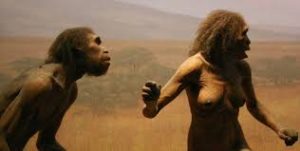







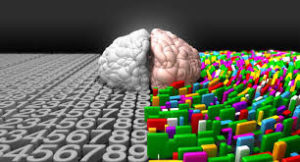









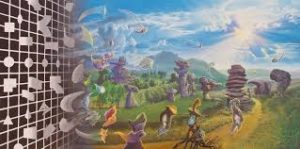
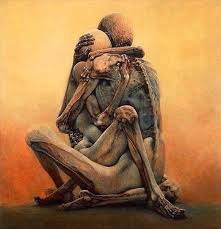

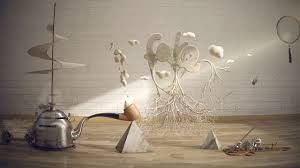




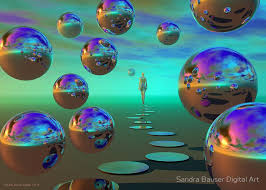




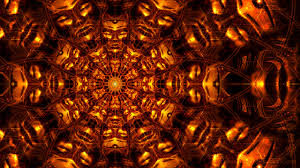

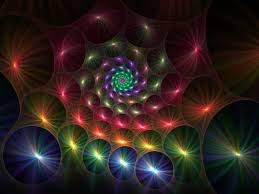

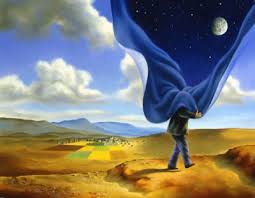









![For centuries the Roman Catholic church held [Western] civilization together](https://zzzesus.com/wp-content/uploads/2016/06/ag1.jpg)











